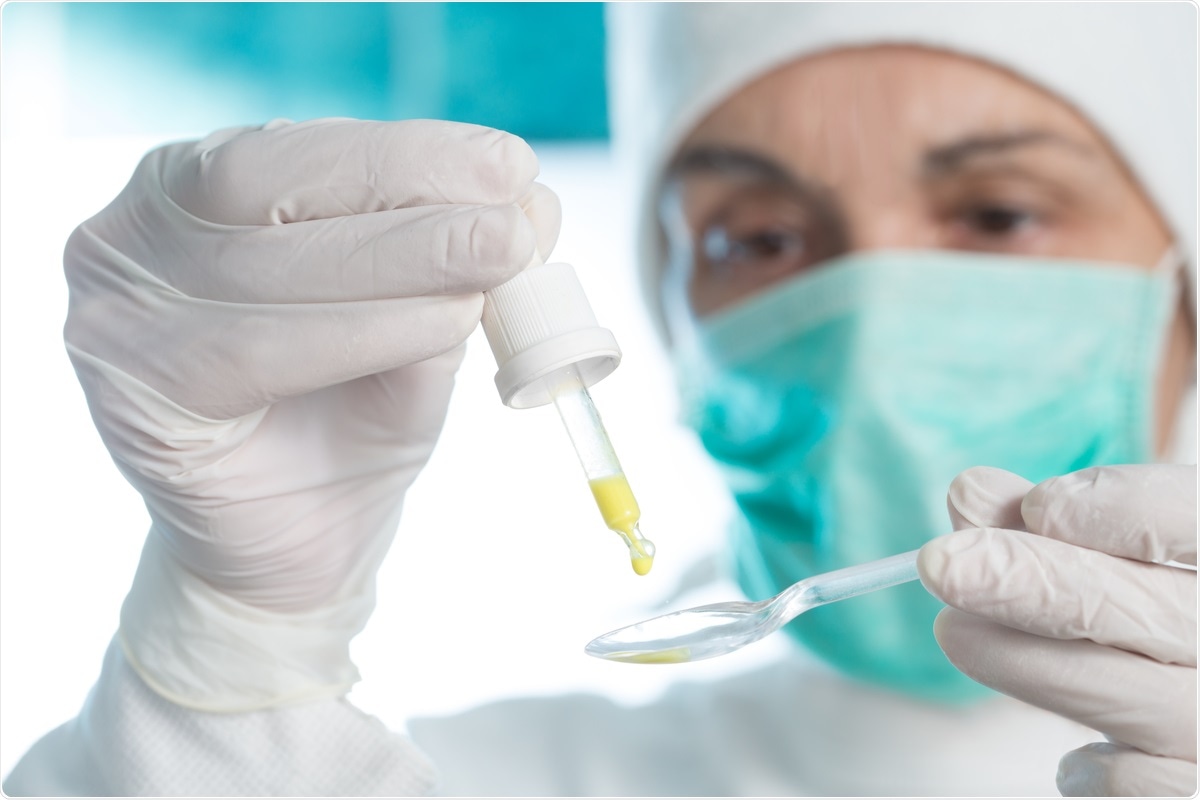Vaccines have proven effective at helping control the coronavirus disease 2019 (COVID-19) pandemic. In many developed countries, extensive vaccination programs have begun, and death rates have dropped. However, the need for constant refrigeration, long supply chains, and trained personnel have slowed the vaccination process in less economically developed nations. Researchers have collaborated to resolve the aforementioned problems associated with injection vaccines to create a thermostable vaccine that can be taken orally.
 Study: A thermostable oral SARS-CoV-2 vaccine induces mucosal and protective immunity. Image Credit: Geza Farkas/ Shutterstock
Study: A thermostable oral SARS-CoV-2 vaccine induces mucosal and protective immunity. Image Credit: Geza Farkas/ Shutterstock

 This news article was a review of a preliminary scientific report that had not undergone peer-review at the time of publication. Since its initial publication, the scientific report has now been peer reviewed and accepted for publication in a Scientific Journal. Links to the preliminary and peer-reviewed reports are available in the Sources section at the bottom of this article. View Sources
This news article was a review of a preliminary scientific report that had not undergone peer-review at the time of publication. Since its initial publication, the scientific report has now been peer reviewed and accepted for publication in a Scientific Journal. Links to the preliminary and peer-reviewed reports are available in the Sources section at the bottom of this article. View Sources
A preprint version of the study is available on the bioRxiv* server while the article undergoes peer review.
The study
While vaccines are traditionally made from an attenuated form of a virus, other strategies have become more popular in recent years due to safety issues such as allergic reactions and inert viruses' reactivation. Expressing viral proteins as targets for the immune system without any structural proteins avoids this but does not provide the same level of protection as the lack of repetitive patterns, and lower density of viral proteins triggers a weaker immune response. Virus-like particles solve this issue - the virus envelope proteins expressed to show the same conformation as an infected cell.
The scientists created a retrovirus-derived enveloped VLP (eVLP) based on previous research showing strong neutralizing antibody (NAb) generation against other viruses. This VLP was produced by transient transfection of HEK cells with an expression plasmid created from cDNA from the wild-type severe acute respiratory syndrome coronavirus 2 (SARS-CoV-2) strain from Wuhan, China. Alternate eVLPs were created with several spike protein variants, as well as various mutations. To refine the shape of the eVLP, the scientists modified the C-terminal CT to abolish endoplasmic reticulum retention to promote glycosylation of the spike protein.
As the envelope protein of SARS-CoV-2 is also known to play a role in spike protein glycosylation, this was also added to the e-VLP. Not only did this help aid in obtaining the optimum conformation, but it was also later found to trigger T cell response to the membrane protein, helping provide a more robust cellular response to the virus. Finally, another version of all existing eVLPs was created with a variable surface protein from Giardia lamblia, which provided resistance to degradation and enhanced the immune response.
The vaccines were tested for effectiveness in intramuscular injections and oral administration using neutralization assays on serum samples taken from hamsters and mice infected with the disease. ELISA assays provided insight into the levels of IgG and IgA antibodies created against the spike protein. The overall protection the eVLPs provided against SARS-CoV-2 was measured by monitoring the weight of the hamsters.
In intramuscular injections, all eVLPs showed high IgG and IgA antibodies levels, with the Giardia surface protein-enhanced eVLPs showing a significant improvement compared to the non-enhanced versions. The inclusion of the SARS-CoV-2 envelope protein also increased both IgG and IgA responses. When the vaccine was administered orally, the Giardia component proved critical, as eVLPs that did not contain it showed no immune response - which the authors theorize is likely due to the destruction of the particles in the upper small intestine. The C-terminal CT modification was also less effective than the wild-type CT in triggering the production of IgG and IgA. The inclusion of the SARS-CoV-2 envelope protein remained effective.
Promisingly, IgA levels in infected animal models vaccinated orally with the Giardia protected eVLPs were higher than those seen in models protected with intramuscular injections. This component seems essential for eVLPs, as even with intramuscular injection, no neutralizing antibodies were created when it was not present. Overall, oral vaccination seemed to provide more protection than intramuscular injection, as orally immunized hamsters avoided any weight loss compared to the obvious loss of weight in control animals and a slightly lesser loss of weight in those vaccinated through injection.
Previous studies had suggested that oral vaccination could lead to more variable levels of protection, which was not seen in this study. The authors suggest that the Giardia component was critical in avoiding this. They urge further adoption of e-VLP based vaccines using the variable surface proteins to overcome the difficulty of maintaining refrigeration in certain countries. They retain their properties at room temperature and can undergo several freeze-thaw cycles without losing effectiveness. In large-scale vaccination programs, the ease of transport and administration that a thermostable orally administered vaccine provides could prove to be invaluable.

 This news article was a review of a preliminary scientific report that had not undergone peer-review at the time of publication. Since its initial publication, the scientific report has now been peer reviewed and accepted for publication in a Scientific Journal. Links to the preliminary and peer-reviewed reports are available in the Sources section at the bottom of this article. View Sources
This news article was a review of a preliminary scientific report that had not undergone peer-review at the time of publication. Since its initial publication, the scientific report has now been peer reviewed and accepted for publication in a Scientific Journal. Links to the preliminary and peer-reviewed reports are available in the Sources section at the bottom of this article. View Sources